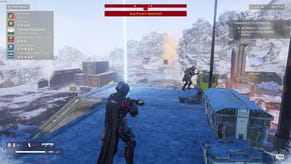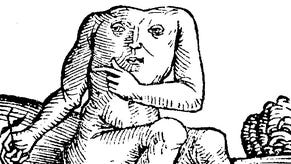Dwarf Fortress Getting Procedural Poetry Analysis
Short verse.
It's rare that we post about an update to a game that isn't already available for download, but no game other than Dwarf Fortress [official site] so often tempts me to break with tradition and post every future changelog item. I'm only so strong, you know? That's why I'm posting about the coming addition of dwarven poetry now that developer Tarn Adams has shown a little of how the system works.
Importantly, it doesn't generate verses of the poetry itself, but instead produces paragraphs describing the poetry - its structure, its style, and what its meant to convey. Through that, you get a sense of the events (actual events that have happened in-game) that the dwarves are trying to depict, but the styles of different poems are also formed in response to the culture that created them. We are all standing on the shoulders of culture giants, I guess, even dwarves.
This is perhaps best illustrated with some examples, which I've excerpted a selection of below:
A solemn poetic form concerning alcoholic beverages, originating in The Lyric of Coal. The poem is divided into two distinct septets. Use of simile is characteristic of the form. Each line has five feet with a tone pattern of uneven-even.
The first part is intended to make an assertion.
The second part is intended to invert the previous assertion.
----------
A poetic riddle concerning the hunt, originating in The Icy Nightmares. The poem is divided into three distinct parts: a quintain, a tercet and a line. It is always written from the perspective of the author. Use of consonance and vivid imagery is characteristic of the form. Forms of parallelism are common throughout the poem, in that certain lines often contrast underlying meaning and they have similar grammatical structures.
The first part is intended to make an assertion. Certain lines sometimes have reversed word orders. It has lines with four feet with an accent pattern of unstressed-stressed (qualitative iambic tetrameter). The ending of each line of this part rhymes with each other.
The second part is intended to make a counter-assertion. Certain lines sometimes have reversed word orders. It has lines with four feet with an accent pattern of unstressed-stressed (qualitative iambic tetrameter). The ending of each line of this part rhymes with each other.
The third part is intended to synthesize previous ideas. It has four feet with an accent pattern of stressed-unstressed (qualitative trochaic tetrameter).
----------
A poetic riddle intended to complain about someone recently deceased, originating in The Amber Relic. The poem is two to three couplets. Forms of parallelism are common throughout the poem, in that certain lines often share an underlying meaning and they sometimes have reversed word orders. The ending of every line of the poem rhymes with every other. The second line of each couplet presents a different view of the subject of the first line. The first line has six syllables. The second line has ten syllables.
I like this. It's the equivalent to the way in which Dwarf Fortress generates much of the rest of the world - you don't see the carvings your dwarves make either, only text descriptions of them - but the literary nature of the works described mean that the generated descriptions begin to sound like the kind of analysis you'd perform at school. Could Dwarf Fortress one day soon be used to teach people about poetic structure, form and history? Oh, I hope so.
The same update is due to bring new musical instruments and similarly expressive styles of dance, but in the meantime, there's nothing you can do with this information other than submit yourself as I have to the daily wonders of the Dwarf Fortress changelog.
[The header image is from here, which seemed fitting in multiple ways.]
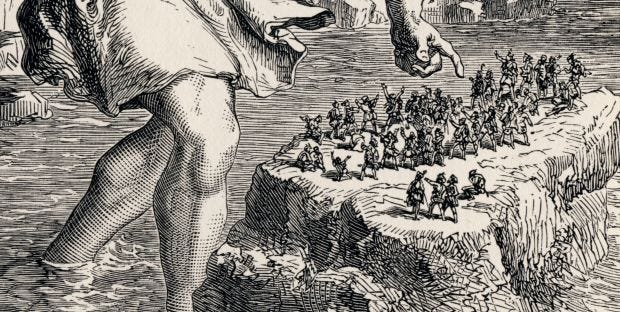






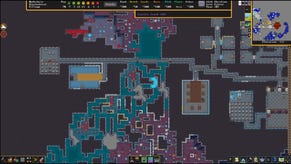
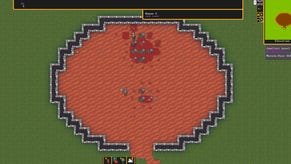
.jpg?width=291&height=164&fit=crop&quality=80&format=jpg&auto=webp)


